
Hosted by Long and Short Reviews.
Click here to read everyone else’s replies to this week’s question and to read everyone else’s replies to this week’s question and here to see the full list of topics for the year.
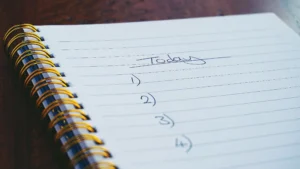 Hmm, let’s see….
Hmm, let’s see….
1. I have an ancestor named Deacon John whose true identity has never been discovered and who I am fascinated by. We have documentation of him in the mid-1800s in the U.S., but the area of Germany he always claimed to be from has zero records about him. No notice of birth, no baptism records, nothing. Our family tree is almost entirely German and French according to those DNA test kits that were popular a few years ago, so he probably really was German instead of from some other ethnic or racial group. Maybe he changed his name or was from a different town in that corner of the world, though?
2. I abhor the smell and taste of olives. If you eat olives around me, I will graciously leave the room or turn my head and hope for a gentle breeze between us. Under no circumstances will I help you eat them, but I will wish you well if this is a food you like.
3. Several years ago, I was filling out a family history form for a doctor’s office and started writing down a mild medical condition that one of my nephews has. Then I remembered that he’s adopted. (Our family loves everyone equally, so I don’t spend much time thinking about who is and isn’t a blood relative unless there’s a pressing reason to do so like answering family medical history questions).
4. I have been known to hug trees in the spring when they finally have leaves again. I so miss leaves and other greenery during the winter!
5. Sometimes I’m a little too stoic. Once I visited my family doctor for a suspected case of pneumonia. When she asked how I was, I said, “oh, alright.” I was not, in fact, alright until after the antibiotics kicked in and the simple act of breathing no longer lead to coughing and the unpleasant things a body can do when you’re unable to stop coughing.
6. I occasionally have dreams about blogging, from writing posts to visiting other people’s sites and commenting on their latest content. Some of these sites don’t even exist in real life, they’re just apparently run in dreamland by friends I’ve made online. It’s one of my happier types of dreams other than the ones where I get to explore old mansions and try to find their attics before I wake up. If I can find the attic in time, I get to talk to all sorts of famous dead people and pick their brains which is quite rewarding.
7. Sometimes my dreams have commercials in them which vexes me terribly as one can never fast-forward through them. I’d much rather have a nice, calm lucid dream instead.
8. I spent years petitioning my parents for a baby sister and even went so far as to help pick her name: Grace Marie. It never happened as they had enough children to raise already, but I still sometimes wonder what little Gracie might have been like if she existed.
9. There’s a specific clicking sound a mouth can make that can draw squirrels to you. I enjoy being a squirrel whisperer on occasion with that noise, although I’m still not sure what it means to them.
10. I have an occasional, light stutter.

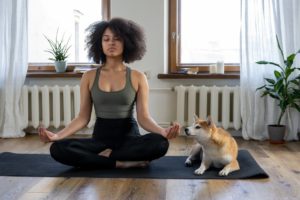 Writing this post took longer than I expected, but I’m ready now.
Writing this post took longer than I expected, but I’m ready now. As one of my relatives said recently, “don’t believe everything you think.”
As one of my relatives said recently, “don’t believe everything you think.” I’ve been through multiple periods of writer’s block over the years. In retrospect, some of them were caused by my inner critic speaking so harshly about what I was working on that I was no longer sure where to go next.
I’ve been through multiple periods of writer’s block over the years. In retrospect, some of them were caused by my inner critic speaking so harshly about what I was working on that I was no longer sure where to go next. It’s been my experience that quieting the mind does wonders for creativity.
It’s been my experience that quieting the mind does wonders for creativity. There are so many things that are out of our control as writers, creative people, and human beings in general.
There are so many things that are out of our control as writers, creative people, and human beings in general. January is the quietest time of year in Ontario.
January is the quietest time of year in Ontario.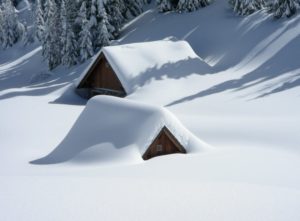
 Have you ever taken an outdoor walk during or after a big snowstorm? Whether you live in a big city, a small town, or miles away from the nearest neighbour, the world becomes a much quieter place after a storm like that.
Have you ever taken an outdoor walk during or after a big snowstorm? Whether you live in a big city, a small town, or miles away from the nearest neighbour, the world becomes a much quieter place after a storm like that. I am not a doctor, and this post is not intended to be taken as medical advice. Please talk to your healthcare provider to see if light therapy lamps are right for you.
I am not a doctor, and this post is not intended to be taken as medical advice. Please talk to your healthcare provider to see if light therapy lamps are right for you. I’d forgotten how bright it was. That one little lamp fills the whole room with light and still has some left over to spare.It doesn’t emit heat the way the sun does when you’re outside on a bright summer day, but it otherwise feels something similar to that experience.
I’d forgotten how bright it was. That one little lamp fills the whole room with light and still has some left over to spare.It doesn’t emit heat the way the sun does when you’re outside on a bright summer day, but it otherwise feels something similar to that experience.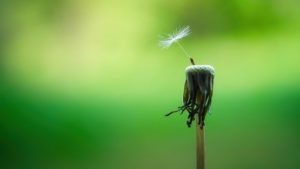 As I mentioned
As I mentioned  The Balloon Game
The Balloon Game 
 This has been an unusually hot summer so far here in southern Ontario. Our current heat wave has lasted over two weeks and is showing few to no signs of letting up.
This has been an unusually hot summer so far here in southern Ontario. Our current heat wave has lasted over two weeks and is showing few to no signs of letting up.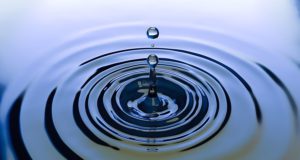

 My headaches often spiral into a negative feedback loop of pain leading to tense muscles that in turn lead to more pain.
My headaches often spiral into a negative feedback loop of pain leading to tense muscles that in turn lead to more pain. I know I talk about my love of long walks a lot on this blog, but this time I’m thinking of them as a type of distraction instead of a form of exercise.
I know I talk about my love of long walks a lot on this blog, but this time I’m thinking of them as a type of distraction instead of a form of exercise.
 Thank you for asking this question, Elda! I always enjoy hearing from my readers.
Thank you for asking this question, Elda! I always enjoy hearing from my readers. Talk to Your Characters
Talk to Your Characters Describe the Setting or Backstory in Vivid Detail
Describe the Setting or Backstory in Vivid Detail Take Notes After Each Writing Session
Take Notes After Each Writing Session What does meditation have to do with writing?
What does meditation have to do with writing? Lately, I’ve been feeling the effects of cabin fever. This is typically the time of year when I’d begin spending much longer periods of time outdoors each day now that the weather is warming up.
Lately, I’ve been feeling the effects of cabin fever. This is typically the time of year when I’d begin spending much longer periods of time outdoors each day now that the weather is warming up.
 All of my other regular workout routines are heavily immersed in cardio and strength training exercises.
All of my other regular workout routines are heavily immersed in cardio and strength training exercises.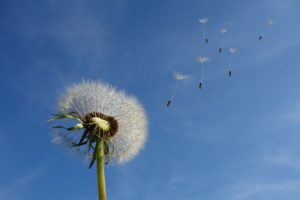 Breathing isn’t something I consciously think about with other forms of exercise unless I’m out of breath for them.
Breathing isn’t something I consciously think about with other forms of exercise unless I’m out of breath for them. Yoga is the slowest type exercise I’ve ever discovered. Everything about it encourages me to pay close attention to what I’m currently doing and think of nothing but holding my current pose.
Yoga is the slowest type exercise I’ve ever discovered. Everything about it encourages me to pay close attention to what I’m currently doing and think of nothing but holding my current pose.